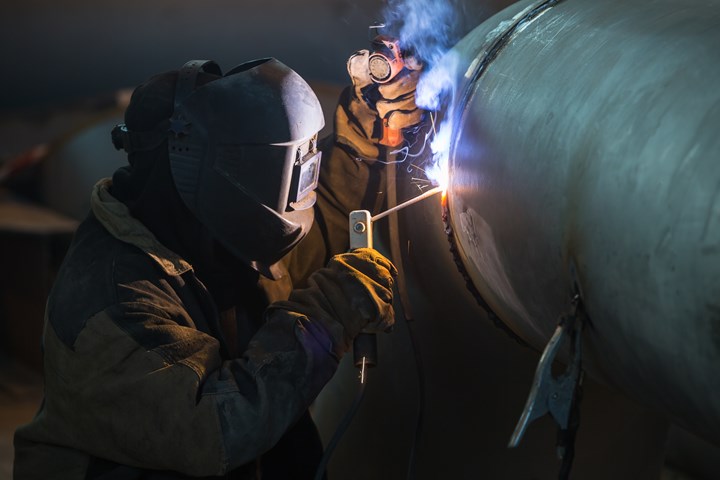Welding WPS Explained: Key Components and Benefits for Your Welding Processes
Welding WPS Explained: Key Components and Benefits for Your Welding Processes
Blog Article
Mastering Welding WPS Specifications: Best Practices and Techniques for Quality Welds
In the realm of welding, grasping Welding Treatment Spec (WPS) requirements is a crucial part that directly influences the top quality and stability of welds. As we navigate through the details of welding WPS standards, revealing vital understandings and methods for attaining top-tier welds will be vital for welders seeking to succeed in their craft and produce welds that stand the examination of time.
Comprehending Welding WPS Requirements
Inspectors depend on WPS documentation to validate that welding procedures are being followed correctly and that the resulting welds are of high quality. Engineers make use of WPS requirements to design welding procedures that ensure the sturdiness and integrity of bonded frameworks.


Crucial Devices for Quality Welds
Mastering welding WPS standards is vital for welders to properly utilize the necessary tools needed for generating top quality welds. The type of welding maker required depends on the welding procedure being used, such as MIG, TIG, or stick welding. Cable brushes and breaking hammers are necessary for cleaning the weld joint prior to and after welding to get rid of any type of contaminations that might influence the quality of the weld.
Secret Methods for Welding Success
To attain welding success, one should grasp the essential techniques vital for creating high-grade welds. Maintaining a stable welding and a constant hand placement throughout the process is key to achieving precision and consistency in the welds. By understanding these vital techniques, welders can elevate the top quality of their job and accomplish welding success.
Ensuring Compliance With WPS Criteria

In addition, keeping detailed records of welding specifications, tools calibration, and evaluation outcomes is crucial for demonstrating compliance with WPS criteria. By faithfully sticking to WPS requirements, welders can guarantee that their work fulfills the necessary high quality levels and contributes to the total success of the welding task.
Troubleshooting Common Welding Issues
When encountered with usual welding issues, recognizing the source is vital for reliable troubleshooting. One common problem is the presence of porosity in welds, typically brought on by pollutants such as oil, moisture, or rust. To address this, making certain correct cleaning of the base steel before welding and making use of the right shielding gas can significantly reduce porosity. Another problem frequently come across is lack of blend, where the weld falls short to properly bond with the my blog base product. This can stem from insufficient warmth input or incorrect welding strategy. Readjusting criteria such as voltage, cable feed speed, or travel rate can help boost combination. In addition, distortion, splitting, and spatter prevail welding difficulties that can be mitigated through appropriate joint prep work, constant warm control, and picking the proper welding consumables. By completely understanding these usual welding concerns and their source, welders can efficiently troubleshoot troubles and attain top quality welds.
Conclusion
To conclude, mastering welding WPS requirements calls for an extensive understanding of the best site standards, making use of crucial devices, and applying essential techniques for effective welds. Making sure compliance with WPS criteria is crucial for producing quality welds and avoiding typical welding problems. By adhering to finest techniques and methods, welders can achieve reputable and consistent results in their welding tasks.
In the world of welding, mastering Welding Procedure Spec (WPS) standards is a crucial component that directly influences the high quality and honesty of welds.When diving into the realm of welding methods, an important aspect to comprehend is the value and ins and outs of Welding Procedure Requirements (WPS) standards. WPS requirements provide a detailed standard for welding operations, ensuring uniformity, high quality, and safety and security in the welding process. The type of welding equipment required depends on the welding procedure being made use of, such as MIG, TIG, or stick welding.Achieving welding success via the proficiency of essential strategies demands a thorough understanding and adherence to Welding Treatment Requirements (WPS) Get the facts criteria.
Report this page